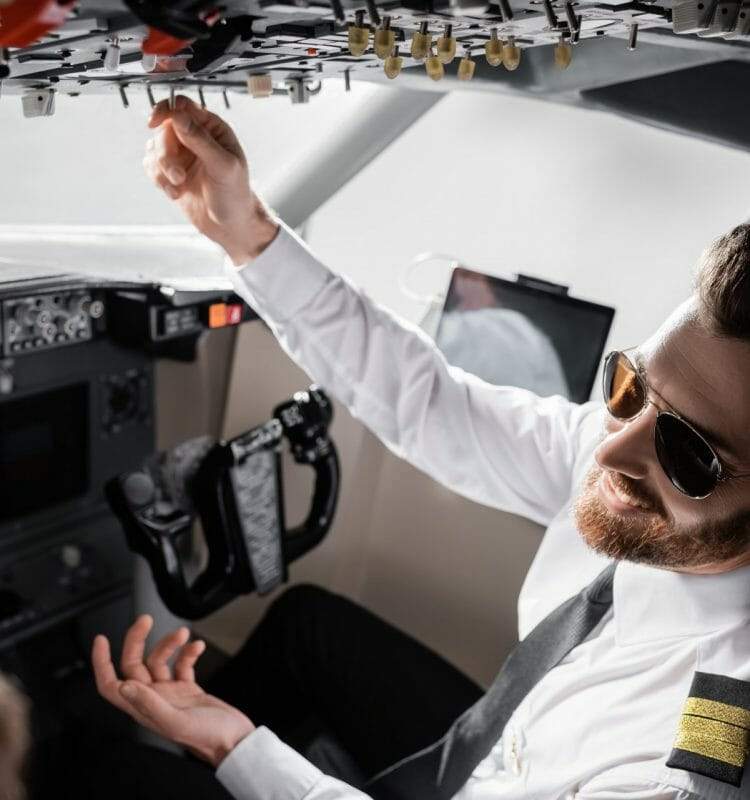EN


With the explosion in airline travel, demand for commercial airline pilots is expected to rise dramatically in the next two decades. Projections range from 450,000 to 790,000 pilots needed by 2035-2037, according to Forbes. This puts significant pressure on the aviation industry to execute a massive recruitment of pilots quickly and effectively.
To meet this demand, pilot training systems must improve their training effectiveness. One key aspect of a pilot’s job is instrument scanning while in the cockpit, a subject of rigorous focus during their training and observed by their instructors. In the past, this observation was done manually by human trainers who would then consult and advise trainee pilots after their sessions. But recent advances in technologies, such as eye tracking, can help augment some of the work of the human trainer – while increasing in accuracy.
Inadequate monitoring of critical parameters – such as incorrect operation of instruments within the cockpit during adverse meteorological conditions – by pilots is a factor in 48% of accidents and incidents in commercial aviation. Pilot training eye tracking technology, used along with simulator training, could identify problems with pilots’ instrument scans and help them correct their techniques for future flights and improve flight safety. Together with the instructor, the pilot can increase their awareness of monitoring behaviors they might never have noticed on their own.
Eye tracking has also been used for years in various types of human factor studies within the aviation sector, and there has been an increase in the demand within this sector. Analysis of the scan pattern during the vetting process when looking for new pilots is often done on a smaller desktop simulator, potentially leading to great cost savings by helping select the right candidates for flight training. Head and eye tracking can help analyze the movement and rotation of a pilot’s head, eyelids, and pupil size measurements, providing insights into the condition of the pilot.
Eye tracking technology for pilot monitoring systems, similar to Driver Monitoring Systems in the automotive industry, is being evaluated by industry players for the type of data it can provide, how it can be used, and how reliable it is.
In our new Guide to Eye Tracking Technology for Aviation, we focus on the remote method of eye tracking, particularly with a multi-camera approach, to answer questions about its successful use in aviation research, pilot training, and cockpit design. Next, we will dive in to explore the unique features that make the use of this technology successful in several aviation use cases and how its flexibility allows us to take a unique approach to each individual case.
Interested in eye tracking for pilot training? Download our Comprehensive Guide to Eye Tracking Technology for the Aviation Industry here, or contact us today to schedule a demo!

